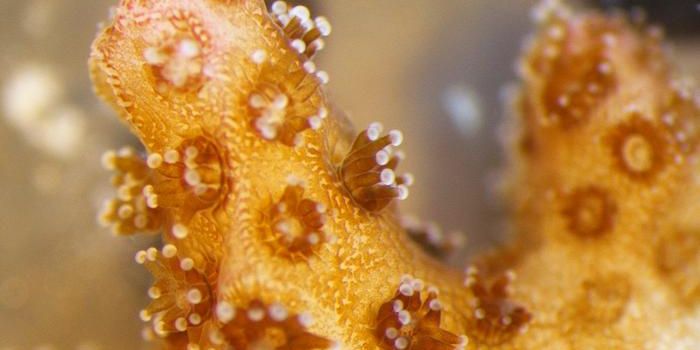Astronomers Just Pinpointed the Location of a Meteorite that Came from Mars
Many millions of years ago, an asteroid hit the planet Mars which created a crater and ejected a lot of its material into space. Some of this material fell to Earth and, over many years, these have been collected by professionals across the world. The ejected materials burn when passing through Earth’s atmosphere and are termed meteorites. At present, there are about 300 meteorites that came from different areas of Mars over time. Studies of these Martian meteorites could potentially reveal a lot of important information about the formation of this planet. One very famous meteorite which came from Mars, and was found in the Sahara Desert, is called Northwest Africa (NWA) 7034 or more commonly “Black Beauty”.
These meteorites act as excellent resources for us earthlings who want to know whether Mars was once like Earth or not. Their composition varies greatly depending upon which part of Mars they come from, but they still can be differentiated from a normal rock found here on Earth. All this is done by studying the chemical composition of these meteorites. If we knew where each meteorite came from, we can tell exactly how Mars was formed.
Thanks to the supercomputing facility at Pawsey Supercomputing Research Center in Perth, Australia as well as machine learning techniques, we now know that there are about 90 million craters on Mars. One more thing that came out of this study was that most of these craters were formed from the re-impact of material ejected from original asteroid-impacted craters. This led to the discovery that there are only 19 large craters which could have ejected material into space during an impact.
Then each of these craters were studied for their age, composition, and magnetic properties and were matched with this “black beauty”. A 10 km crater located in the Terra Cimmeria-Sirenum province, in the southern hemisphere of Mars was a perfect match for this meteorite. This work is an example of a big progress in planetary science, paving a way for more studies of all asteroids. This extraordinary work was published in Nature Communications in July 2022.
Source: Nature Communications, Phys.org
-
APR 30, 2024Immuno-Oncology Virtual Event Series 2024
-
MAY 07, 20243rd International Biosecurity Virtual Symposium
-
SEP 03, 2024Microbiology Week Virtual Event Series 2024
- See More

















































